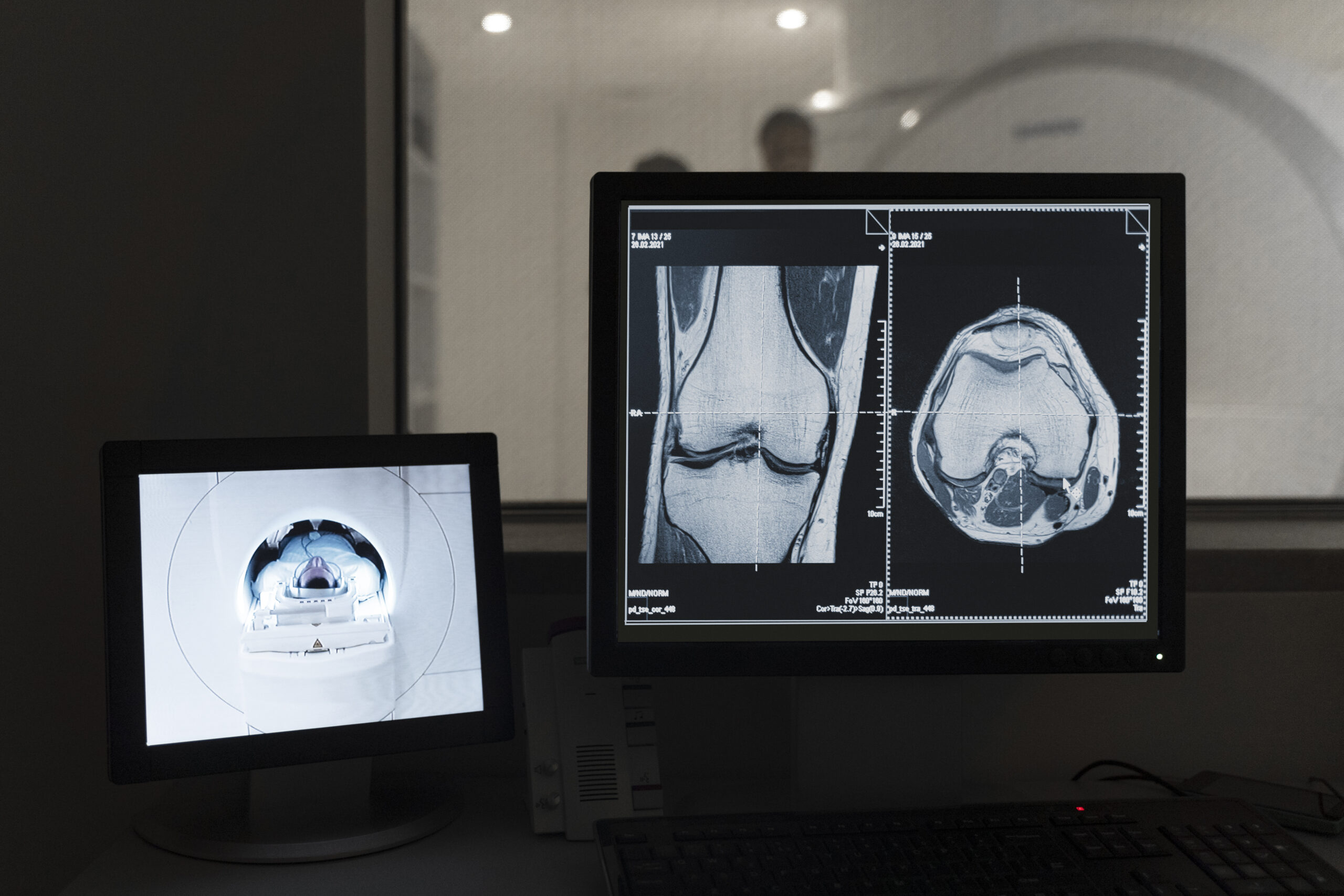The Evolution of Healthcare: Adapting to New Technologies
In today’s fast-paced, ever-evolving world, the healthcare industry is no exception to the transformative power of technology. From electronic health records (EHRs) to telemedicine and artificial intelligence, hospitals and healthcare providers are rapidly embracing new technologies to enhance patient care, streamline operations, and improve overall efficiency. In this blog, we’ll explore how the hospitals and healthcare industry are adapting to these innovations.
- Electronic Health Records (EHRs):
One of the most significant technological advancements in healthcare is the widespread adoption of EHRs. These digital systems have replaced traditional paper records, making patient information easily accessible to healthcare professionals. EHRs improve the accuracy and efficiency of patient care by reducing paperwork and allowing for seamless sharing of medical histories and test results among providers. - Telemedicine:
Telemedicine has gained prominence in recent years, especially during the COVID-19 pandemic. This technology allows patients to receive medical consultations remotely, eliminating the need for physical office visits. Telemedicine not only enhances access to care, particularly for patients in remote areas, but also reduces the risk of disease transmission during in-person appointments. - Artificial Intelligence (AI):
AI is revolutionizing healthcare in numerous ways. Machine learning algorithms are used to analyze vast amounts of medical data, providing insights into patient outcomes and treatment efficacy. AI-powered chatbots and virtual assistants also help streamline administrative tasks and provide patients with quick responses to their queries. - Robotics:
The use of robots in healthcare is expanding, from assisting in surgeries to automating routine tasks in hospitals. Surgical robots, for instance, enable more precise procedures with fewer complications, while service robots can deliver medications and transport supplies throughout a hospital, reducing staff workload. - Wearable Devices:
Wearable technology, such as fitness trackers and smartwatches, is increasingly used for monitoring patients’ health. These devices can track vital signs, detect irregularities, and provide real-time data to healthcare providers, enabling early intervention and personalized care. - Big Data Analytics:
Hospitals and healthcare organizations are harnessing the power of big data to improve patient care and outcomes. By analyzing vast amounts of healthcare data, professionals can identify trends, track disease outbreaks, and develop predictive models for patient risk assessment. - Blockchain:
Blockchain technology is being explored to enhance data security and privacy in healthcare. By providing a secure and tamper-proof record of patient information, it helps protect sensitive data and streamline processes like insurance claims. - 3D Printing:
3D printing is increasingly used to create custom medical devices, prosthetics, and even tissues and organs. This technology offers more personalized and cost-effective solutions, especially for patients in need of complex or unique medical interventions. - Virtual Reality (VR) and Augmented Reality (AR):
VR and AR are being used for medical training, patient education, and even pain management during procedures. They provide immersive and interactive experiences that enhance learning and engagement.
As the healthcare industry adapts to new technologies, it is essential to ensure that patient privacy and data security are maintained. Additionally, healthcare professionals must receive proper training to use these technologies effectively and safely.
In conclusion, the healthcare industry’s embrace of new technologies is revolutionizing the way medical services are delivered, improving patient care, and increasing the efficiency of healthcare systems. As technology continues to advance, hospitals and healthcare providers will continue to find innovative ways to adapt, ensuring that patients receive the best care possible in an ever-changing world.









